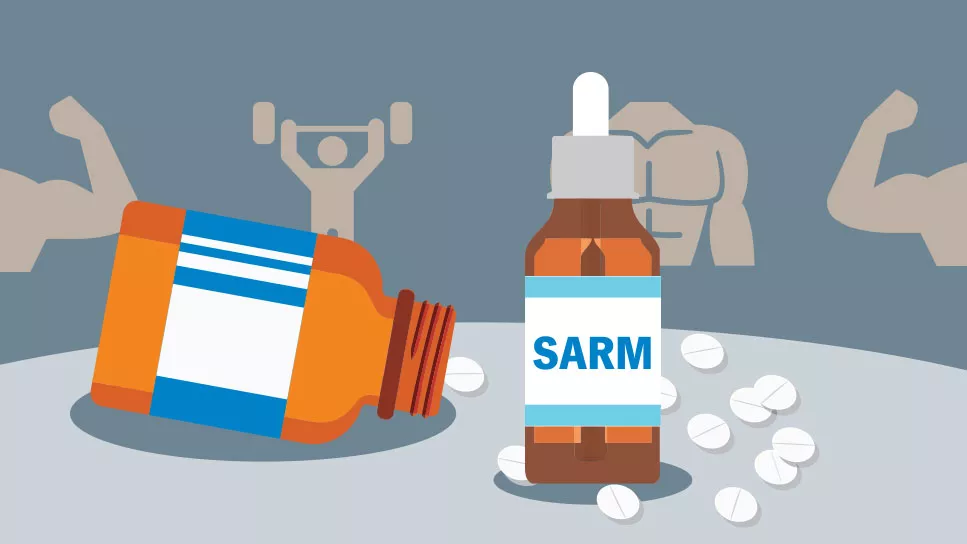Selective androgen receptor modulators are a class of compounds that have gained attention in fitness and medical research. The compounds stimulate androgen receptors in specific tissues, causing effects that some find attractive for physical development. However, the health implications require careful examination before anyone considers their use. Many seek information about these compounds without fully grasping the potential health impacts. Research into sarms uk has shown mixed results, with some studies indicating potential benefits while others highlighting substantial risks that cannot be overlooked.
The drugs primarily affect muscles and bone tissue, with only minor effects on other organs, such as the prostate. This selectivity differs from traditional anabolic steroids, which affect multiple body systems simultaneously. Clinical trials examining these compounds remain limited, with most studies involving small sample sizes over short durations. Due to this lack of comprehensive research, determining long-term health effects and safety profiles is challenging. Many of these compounds have not received human approval despite marketing claims. The current regulatory status places them in a grey area – not approved for medical use, but sometimes available through research chemical suppliers.
Potential health impacts to watch
The cardiovascular system may face particular challenges with these compounds. Lipid profile alterations have been documented, including lower HDL levels and higher LDL levels. These changes could increase heart disease risk if sustained over time. Liver health represents another critical consideration. Several case reports have linked usage to liver enzyme elevations and, in rare cases, more severe hepatic complications. While the exact mechanism remains unknown, the association warrants caution. Hormonal disruption occurs commonly with these compounds. Natural testosterone production may decrease during use, leading to temporary or sometimes prolonged hormonal imbalances after discontinuation. This suppression can cause various symptoms affecting mood, energy levels, and reproductive health.
Medical monitoring must-haves
Anyone researching these compounds should consider these essential monitoring parameters:
- Comprehensive blood work before, during, and after any research period
- Regular lipid profile assessment
- Liver function tests
- Hormone panel including total and free testosterone
- Complete blood count
- Blood pressure monitoring
When examining potential benefits versus risks, consider these crucial factors:
- Current health status and pre-existing conditions
- Family medical history, especially regarding cardiovascular disease
- Age and hormonal status
- Specific goals and whether they can be achieved through conventional methods
- Access to proper medical supervision and monitoring
The regulatory landscape continues to change, with authorities increasing notice of these compounds. What may be accessible today could face restrictions tomorrow, potentially impacting those who become dependent on these substances.
Path forward
Making well-reasoned choices requires looking beyond marketing claims and social media hype. The most prudent approach involves consulting credible medical sources, peer-reviewed research, and qualified healthcare providers. While important to many, physical goals must be balanced against short- and long-term health considerations. The temporary advantages of some reports must be weighed against the documented risks and unknowns that persist in the research literature. Our knowledge base will expand as research continues, potentially clarifying some current uncertainties. Until then, caution and thorough evaluation remain essential to any health-conscious decision-making process regarding these compounds.
